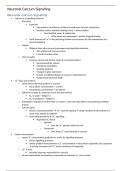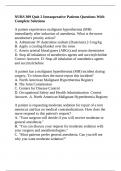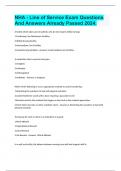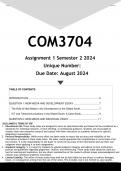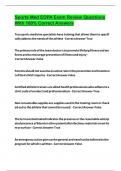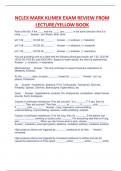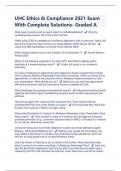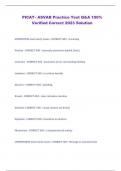College aantekeningen
Cellular Neurophysiology (NEUR0007) Notes - Neuronal Calcium Signalling
- Vak
- Instelling
Explore Cellular Neurophysiology at UCL. Dive into the intricate world of Neuronal Calcium Signaling, exploring transport mechanisms, glial cells, synapse dynamics, bioelectricity, action potentials, ion channels, and the transformative realm of optogenetics.
[Meer zien]
